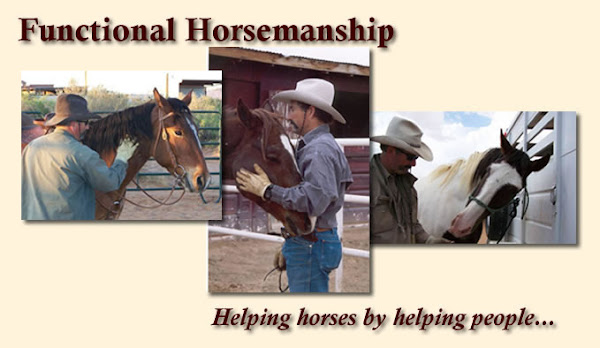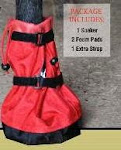Not really what I wanted to write ending this year and going into the promise of the next, but the inhumanity that humans do to horses is not confined by the calendar. The good people at Perfect Harmony Horse Rescue & Sanctuary in Chaparral, New Mexico took in three (3) severely neglected horses on 29 December, confiscated by the New Mexico Livestock Board. Their New Years and the weeks and months following will be spent checking on these horses and providing small amounts at feed at 2-3 hour intervals round the clock.
This Rescue, chaired by Marianne Bailey and staffed with her husband Dan and daughter Jessica as well as several volunteers, see the worst in humans and the poorest horses. They never say no, even though it is usually a costly endeavor in funds, labor and the emotional toll, to provide neglected horses with sometimes just days of relief.
To the readers - I'm sorry to ruin your day by displaying pictures of these three horses below, but this is what Marianne and crew deal with on a routine basis. Perfect Harmony is a 501 (c) 3 non-profit and can surely use financial help. No donation is too small as they face a mounting feed, Veterinarian and Farrier bill to care for these horses.
To the readers - I'm sorry to ruin your day by displaying pictures of these three horses below, but this is what Marianne and crew deal with on a routine basis. Perfect Harmony is a 501 (c) 3 non-profit and can surely use financial help. No donation is too small as they face a mounting feed, Veterinarian and Farrier bill to care for these horses.
If anyone can donate, these are the modes they can accept:




















